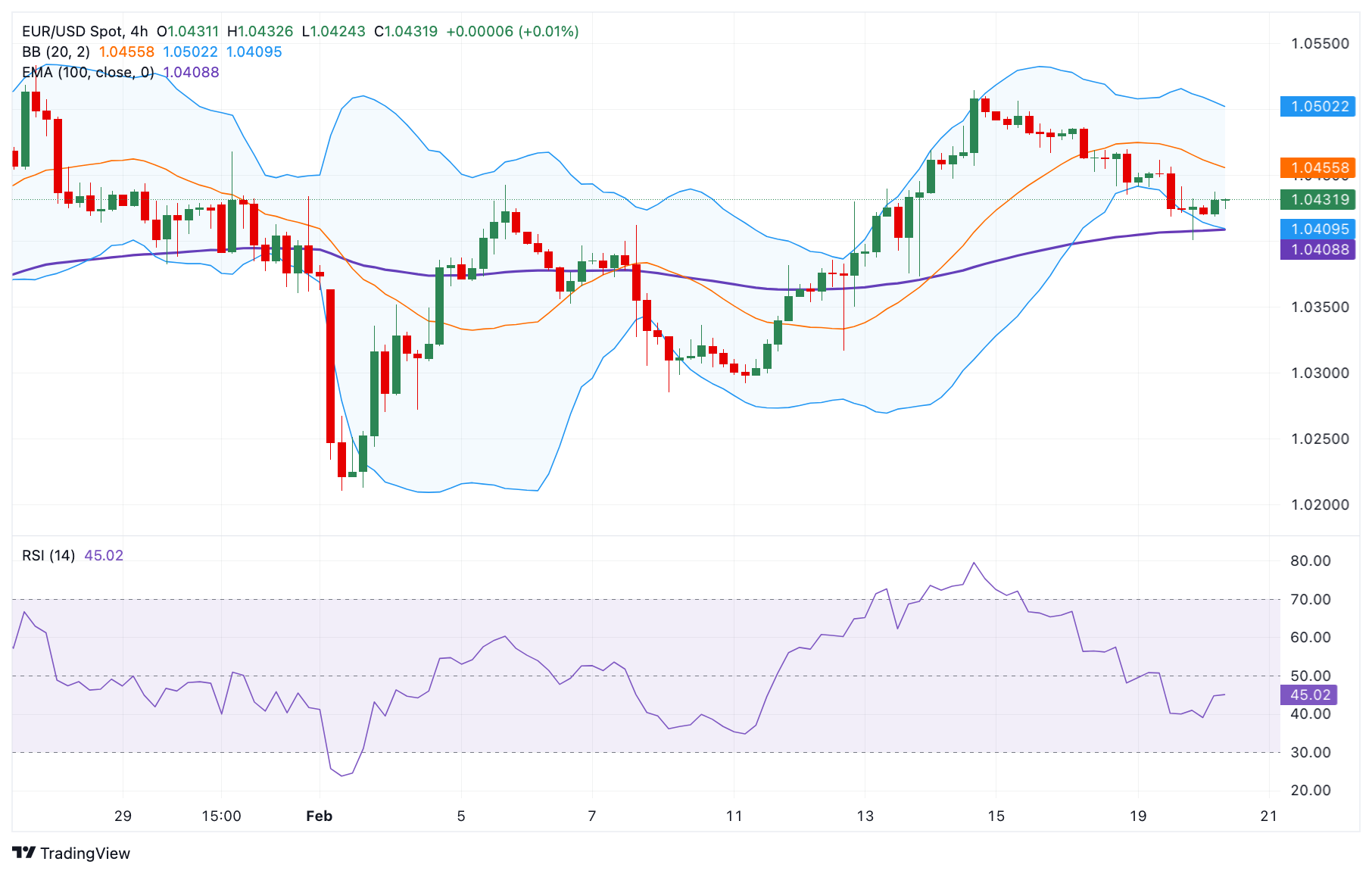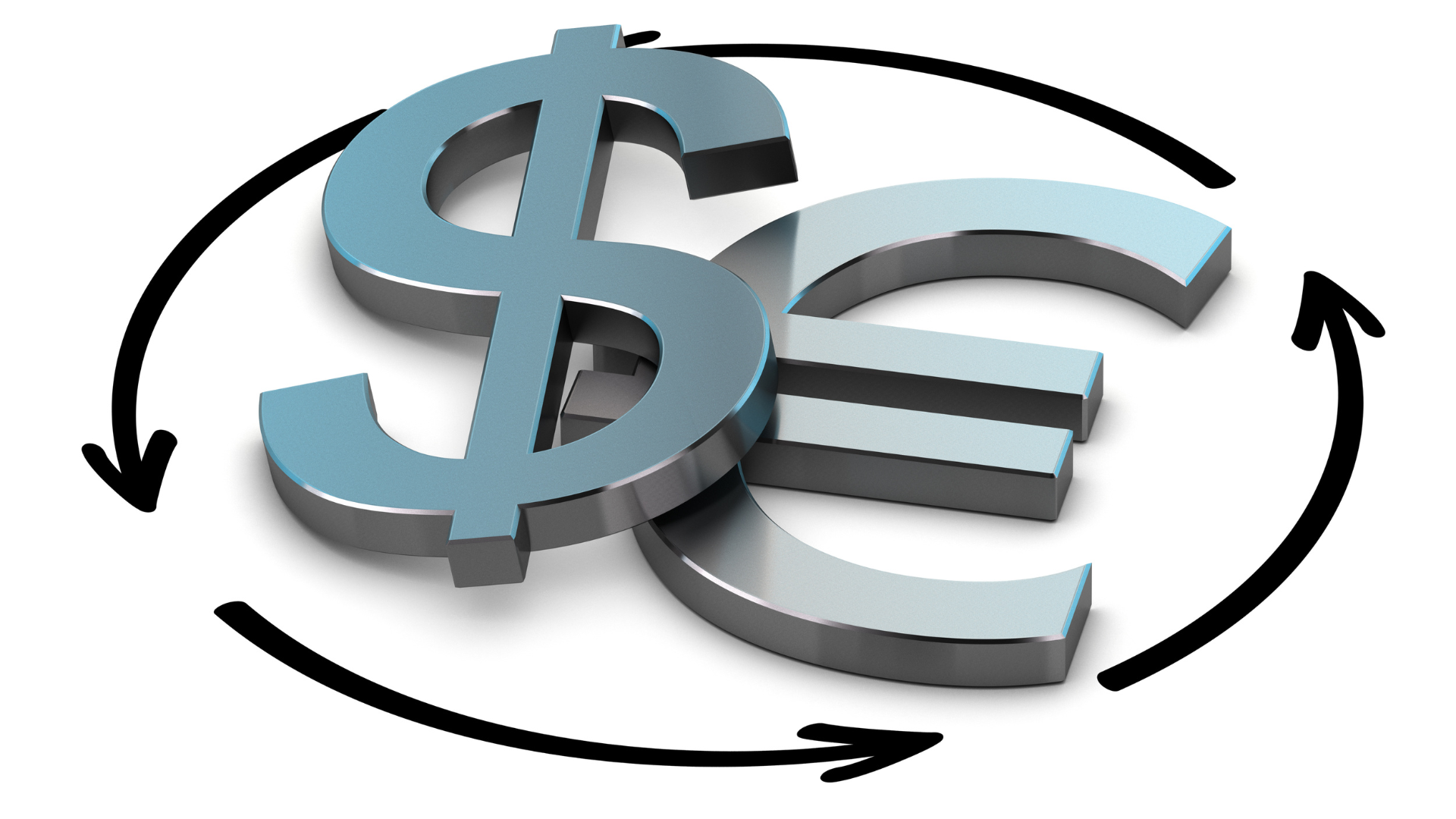The euro gained ground against the U.S. dollar on Thursday, with EUR/USD approaching the 1.0450 level, as investors assessed shifting monetary policy expectations on both sides of the Atlantic. A softer dollar and hopes of economic resilience in the eurozone provided some support, but upside momentum remains fragile amid lingering uncertainty.
The euro’s modest recovery comes as U.S. inflation data suggests that price pressures are gradually easing, reinforcing expectations that the Federal Reserve may be nearing the end of its tightening cycle. A slowdown in U.S. economic activity has also fueled speculation that rate cuts could be on the horizon later this year, weighing on the dollar and allowing the euro to stabilize.

EUR/USD 4-H Chart as of February 20th, 2025 (Source: TradingView)
Meanwhile, European Central Bank (ECB) officials continue to signal a cautious stance on monetary policy, with inflation in the eurozone still above target. Although growth in the bloc remains subdued, the ECB has been reluctant to commit to near-term rate cuts, helping the euro find some support. However, concerns over the region’s economic outlook and geopolitical risks could limit further gains.
From a technical perspective, 1.0450 represents a key resistance level, with traders watching for a sustained break above this zone to confirm further upside potential. If bullish momentum strengthens, the next target could be around 1.0500, while failure to hold recent gains might see a retracement toward 1.0400 or lower.
At the same time, the U.S. dollar remains sensitive to market sentiment, particularly regarding Federal Reserve policy and broader risk trends. Any surprise hawkish signals from Fed officials or stronger-than-expected economic data could quickly shift momentum back in favor of the dollar, capping EUR/USD’s upside.
Looking ahead, traders will focus on upcoming economic releases from both regions, particularly eurozone inflation reports and U.S. labor market data, which could provide further clues on central bank policy paths. Until clearer direction emerges, EUR/USD is likely to remain range-bound, reacting to shifts in global interest rate expectations and broader risk sentiment.













